How China Managed Coronavirus
A WHO report on the most aggressive containment in history
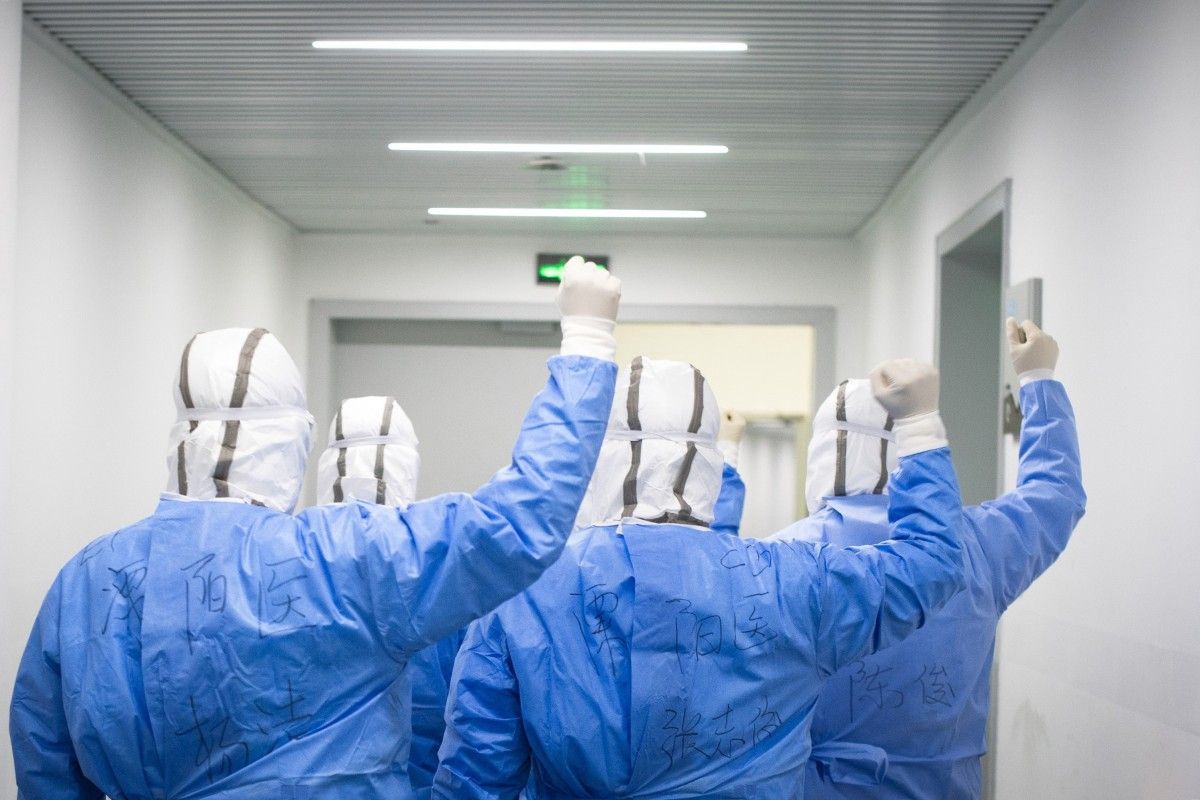
China has gone totalitarian on coronavirus and successfully fought it down. China reported only 125 cases today, the lowest since they began keeping records. An international WHO report from the country states “This decline in COVID-19 cases across China is real.”
A particularly compelling statistic is that on the first day of the advance team’s work there were 2478 newly confirmed cases of COVID-19 reported in China. Two weeks later, on the final day of this Mission, China reported 409 newly confirmed cases. (WHO China Report)
These are some insights from that report, produced by 13 international and 12 Chinese scientists. They describe “perhaps the most ambitious, agile and aggressive disease containment effort in history.”
What China Didn’t Do
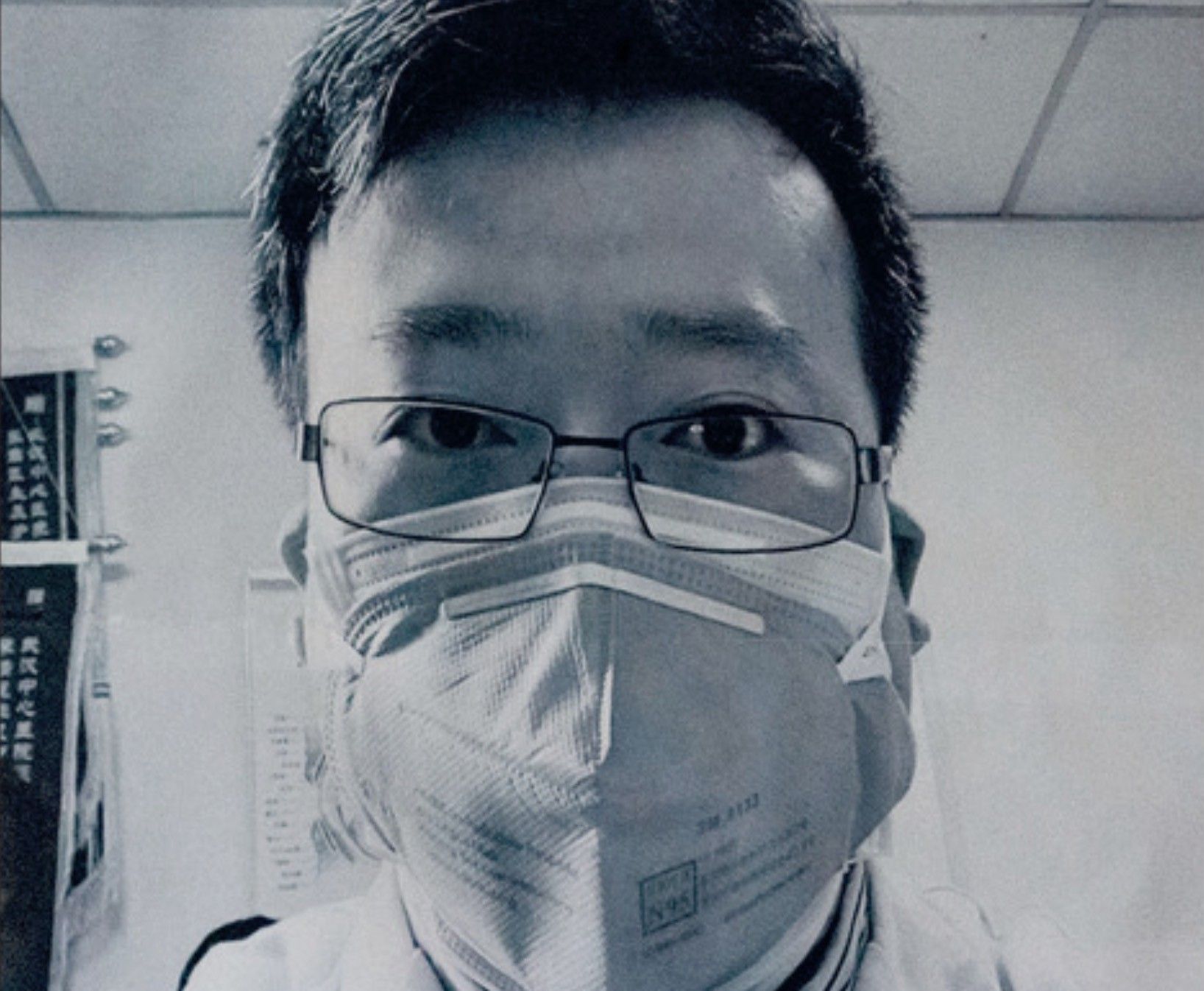
Before authoritarianism could succeed, it had to fail. Before China’s government solved the problem, they made it worse.
The communist party had early warning of a SARS-like virus in December. Instead of immediately responding, they censored and punished the doctors trying to help. Many of those brave doctors, like Li Wenliang, are now dead.
Instead, the Chinese government continued intense New Year activities in Wuhan, the largest human migration in the world, party meetings, and a public dinner for 40,000 families. Before they contained COVID-19, the Chinese government gave it a vital month of gestation and distribution.
Given Wuhan’s transport hub status and population movement during the Chinese New Year (chunyun), infected individuals quickly spread throughout the country, and were particularly concentrated in cities with the highest volume of traffic with Wuhan. (WHO China Report)
These precious few weeks were wasted to authoritarian hubris; a police state that listens in on people but doesn’t listen to them. On January 20th the gears would change, but in a free society, it’s quite possible that things wouldn’t have gone this far.
But they did. Perhaps this is the only way the Chinese state can operate, by removing freedom. Perhaps the engine doesn’t run any other way.
As you read the rest of this, however, remember that this isn’t a lesson about how authoritarianism is so great for public health. In a free society, it’s possible that none of this would have even been necessary.
What China Did Differently

When the Chinese government finally did wake up, it quarantined an entire province and restricted freedom everywhere. In almost no other country would this even be possible. The entire nation of China effectively shut down and went to war.
“Everywhere you went, anyone you spoke to, there was a sense of responsibility and collective action, and there’s war footing to get things done,” (Bruce Aylward, WHO)
The basic response was for no one from Hubei province to go anywhere, and for people across China to stay home.
Given the Wuhan/Hubei experience, a comprehensive set of interventions, including aggressive case and contact identification, isolation and management and extreme social distancing, have been implemented to interrupt the chains of transmission nationwide. To date, most of the recorded cases were imported from or had direct links to Wuhan/Hubei. Community transmission has been very limited. Most locally generated cases have been clustered, the majority of which have occurred in households. (WHO China Report)
As the disastrous Japanese Diamond Princess experiment showed, COVID-19 is extremely contagious. By forcing sick and healthy together on a cruise ship without a proper quarantine, Japan multiplied 10 to 700 cases in days.
By forcing people apart and isolating them in their homes, China seems to have reduced the spread to within families.
Once all the people in an apartment or home were exposed, the virus had nowhere else to go and chains of transmission ended. “That’s how the epidemic truly came under control,” Gabriel Leung, Dean of the Li Ka Shing Faculty of Medicine at the University of Hong Kong said.
You might infect your family or a caregiver, but this extreme social isolation effectively halted the public spread of COVID-19, at the cost of all public life.
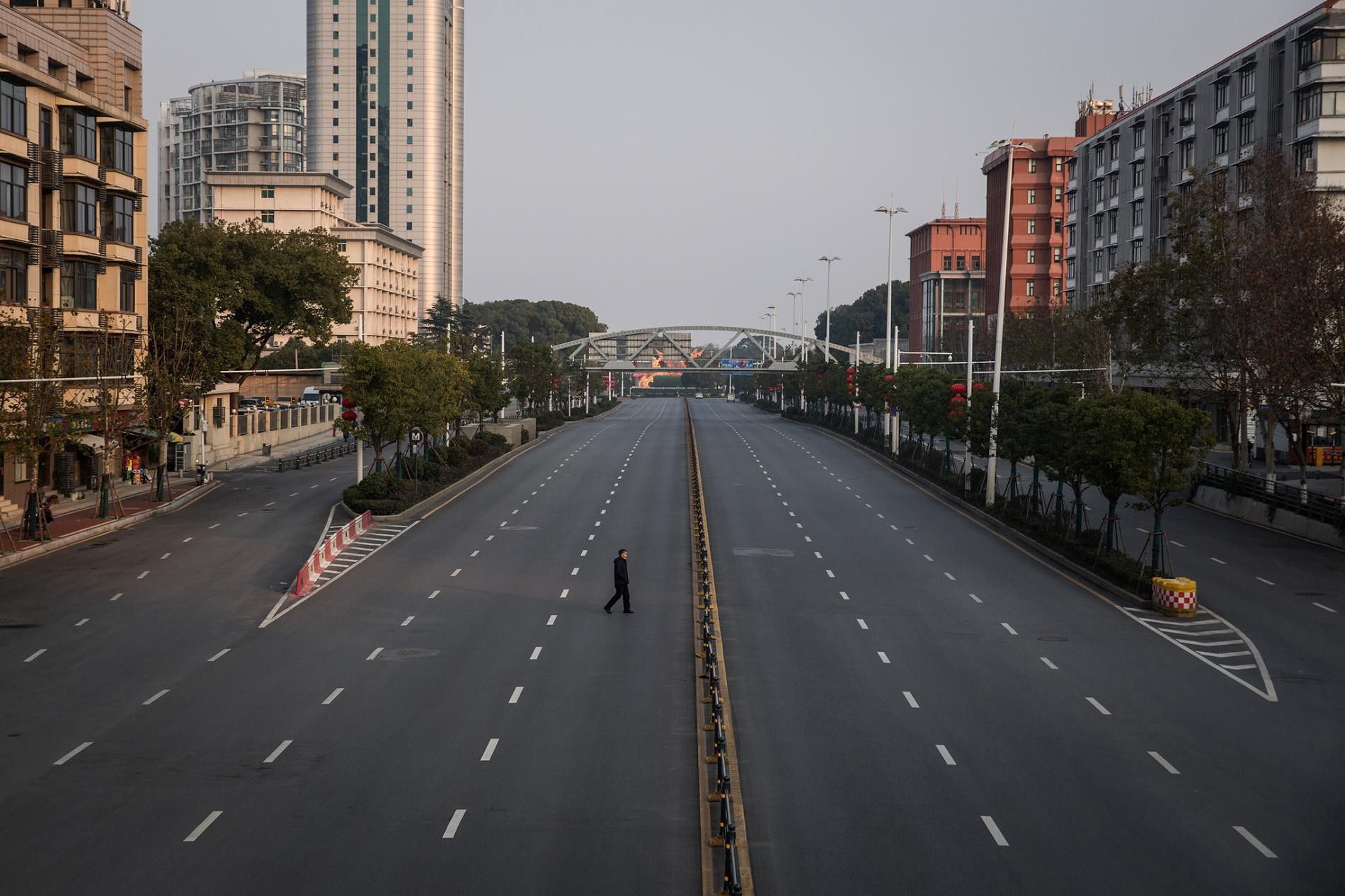
Other measures implemented included the extension of the Spring Festival holiday, traffic controls, and the control of transportation capacity to reduce the movement of people; mass gathering activities were also cancelled. (WHO China Report)
At the same time, the Chinese government effectively imposed martial law and nationalized the economy — all things which are easier in a one-party communist state.
Public risk communications and health education were strengthened; allocation of medical supplies was coordinated, new hospitals were built, reserve beds were used and relevant premises were repurposed to ensure that all cases could be treated; efforts were made to maintain a stable supply of commodities and their prices to ensure the smooth operation of society. (WHO China Report)
These were all things China did that were different from the textbook pandemic response. While they inarguably worked, they are not especially useful for the rest of the world. Not just because free societies can’t do this, but because the apparatus for such tight state control makes you more vulnerable to epidemics in the first place.
What China Did The Same
The standard pandemic response is to find and isolate every case and painstakingly trace their contacts. China did this as well, and very well.

Stage 1 — WTF
In the first stage, the state just needed to know what it was dealing with so they developed and distributed diagnostic testing kits. This is somewhere the US is lagging behind. Until last week, the CDC produced tests didn’t even work, leaving the country with no idea of its actual caseload. China solved this problem early.
The goal here was to find every case, and then trace all of their contacts. This involved nearly 10,000 epidemiologists in Wuhan alone.
China has a policy of meticulous case and contact identification for COVID-19. For example, in Wuhan more than 1800 teams of epidemiologists, with a minimum of 5 people/team, are tracing tens of thousands of contacts a day. Contact follow up is painstaking, with a high percentage of identified close contacts completing medical observation. (WHO-China Joint Mission)
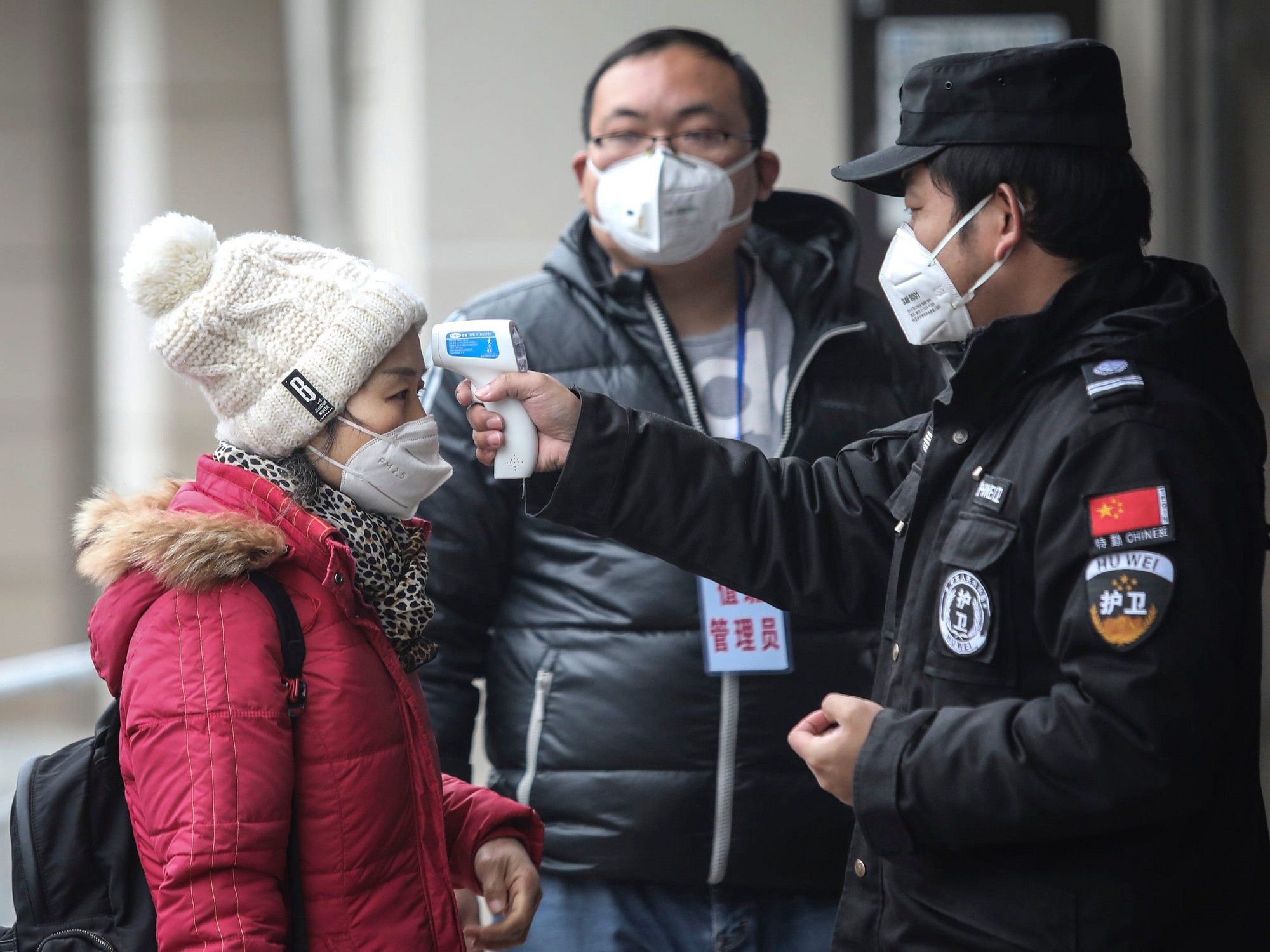
Stage 2 — What To Do
Once they knew what the hell was going on, the next step was to slow it down.
Measures were taken to ensure that all cases were treated, and close contacts were isolated and put under medical observation. (WHO-China Joint Mission)
In normal cases, this would overwhelm a public health system. It’s not like hospitals are usually running idle, and there are still people having heart attacks and needing regular medical care.
In China, however, people just worked day and night, hospitals were built in days, and reinforcements were sent in from other provinces.
Despite ongoing outbreaks in their own areas, Governors and Mayors have continued to send thousands of health care workers and tons of vital PPE supplies into Hubei province and Wuhan city. (WHO China Report)
The WHO report is positively effusive about the solidarity and dedication of the Chinese people. This has also been enforced through decades of state violence, but it is undeniable. The Chinese people have been incredibly brave. There has been an enormous amount of personal sacrifice in containing this disease; there are millions of stories contained in this report, and they saved countless lives.
“As a consequence of all of these measures, public life is very reduced,” the report notes. But the measures worked. In the end, infected people rarely spread the virus to anyone but members of their own household, Leung says. Once all the people in an apartment or home were exposed, the virus had nowhere else to go and chains of transmission ended. “That’s how the epidemic truly came under control,” Leung says. In sum, he says, there was a combination of “good old social distancing and quarantining very effectively done because of that on-the-ground machinery at the neighborhood level, facilitated by AI [artificial intelligence] big data.”
“Hundreds of thousands of people in China did not get COVID-19 because of this aggressive response.” (Bruce Aylward, WHO)

Stage 3 — Recovery
The third stage is where we are now. Some sort of return to normalcy. The risk, however, is that while China has caught the viral tiger by the tail, it still remains a tiger. If these draconian controls ease up, the virus could spread again.
Hence freedom of movement is still quite restricted, with widespread surveillance through AliPay and WeChat and color-codes on phones which control who can and cannot move. In a way, it’s Mao-era social controls coupled with modern technology.
New technologies were applied such as the use of big data and artificial intelligence (AI) to strengthen contact tracing and the management of priority populations. Relevant health insurance policies were promulgated on “health insurance payment, off-site settlement, and financial compensation”
The last point there is important. China was able to spend on all of this free healthcare, offer some support to workers and shut down the entire economy without opposition. In countries that are more worried about the stock market, none of this is possible (looking at you America).
It will still be days before China can loosen up, but they seem to be on the tail end of a pandemic that the rest of the world is just waking up to.
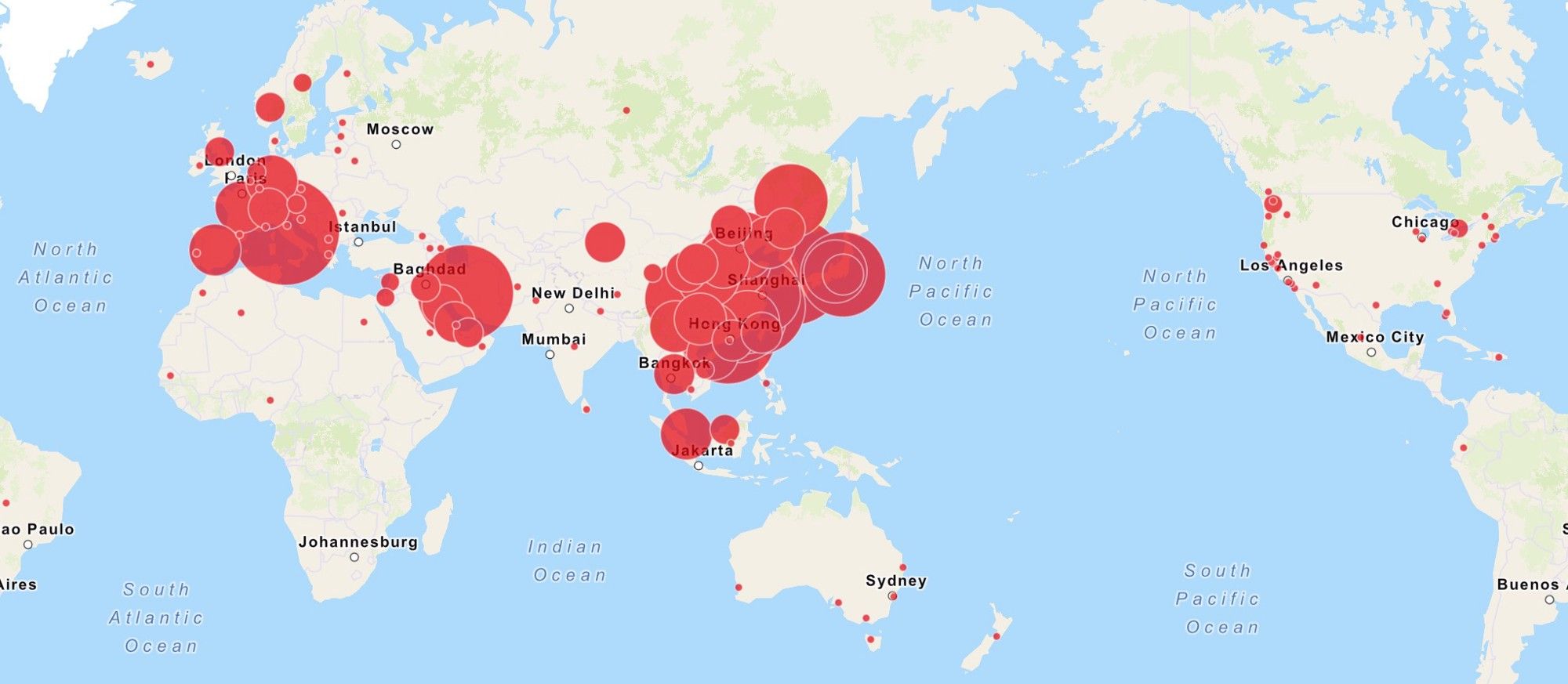
What Can Other Countries Do?
The WHO report is rather blunt on this point. They give recommendations, but no one can replicate what China did.
Much of the global community is not yet ready, in mindset and materially, to implement the measures that have been employed to contain COVID-19 in China. These are the only measures that are currently proven to interrupt or minimize transmission chains in humans. Fundamental to these measures is extremely proactive surveillance to immediately detect cases, very rapid diagnosis and immediate case isolation, rigorous tracking and quarantine of close contacts, and an exceptionally high degree of population understanding and acceptance of these measures. (WHO China Report)
If you’re not an authoritarian state, you do not have a ready apparatus to surveil your entire population, restrict their movements, and control the economy. Nor do you have a public that would accept any of this. The same things that make free societies better at early detection make them worse at managing an epidemic that’s already gone viral.
And yet that’s where we are. Authoritarianism helped get us into this mess, but not all of us have authoritarianism to get us out. While China’s epidemic has slowed, new epidemics are picking up steam in South Korea, Italy and the USA. How China managed coronavirus is contained in this report. How the rest of the world will manage is yet to be seen.